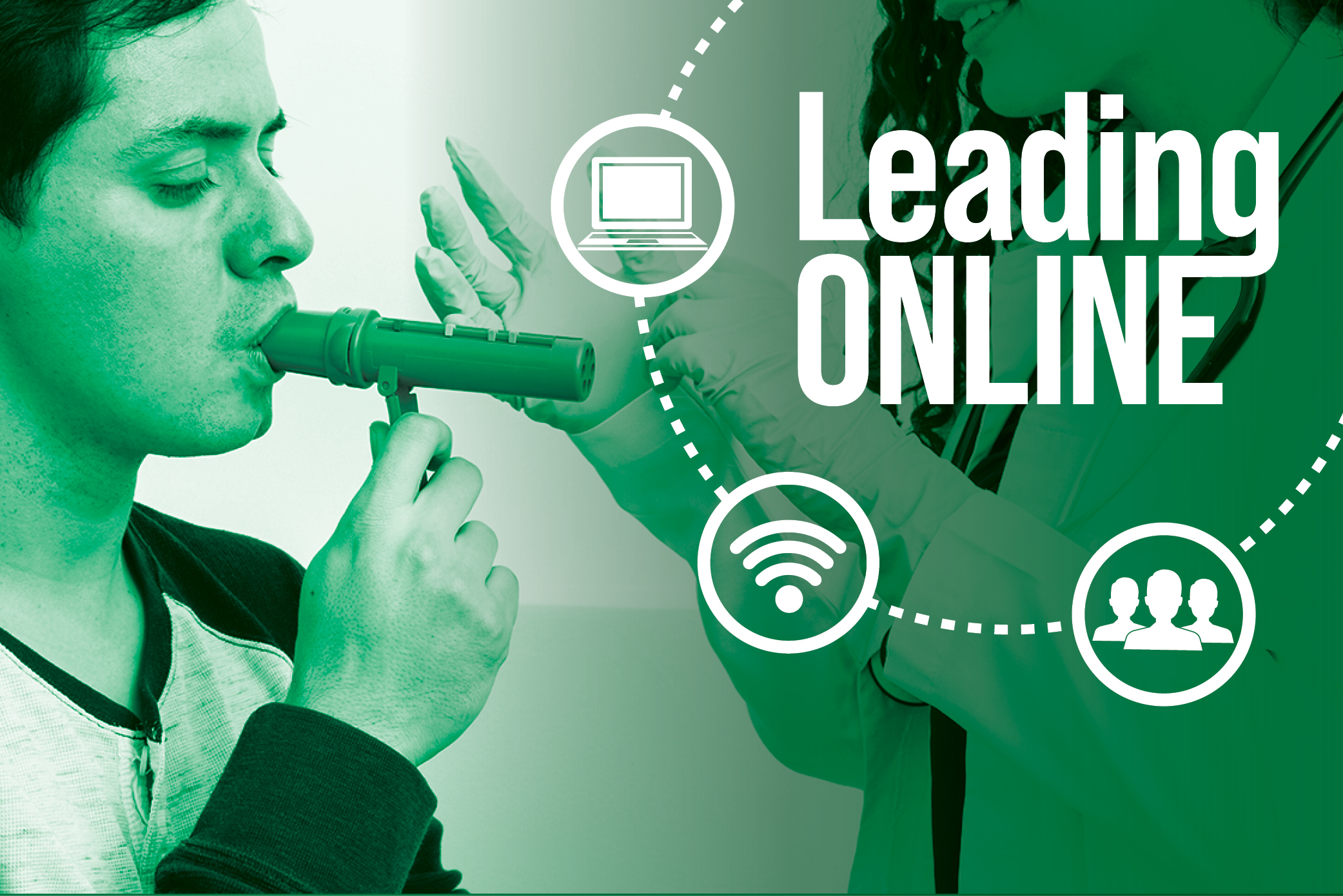
 Amanda Dexter
Amanda Dexter
Respiratory Therapy, College of Health and Human Services
In an effort to shed some more light on the measures faculty members are taking to assure the online courses they teach this fall align with students’ learning needs and expectations, we reached out to Dexter to see how she is approaching a few of her courses this fall semester.
What steps are you taking to create an effective online learning environment for your students?
This is what I do to provide the best environment I can for students to learn online:
Use authentic and relevant course material. Authentic sources and real-life examples provide my students with rich context that hypothetical and made-up examples often lack. Asking my students to analyze and interpret timely material typically boosts their critical thinking skills and engagement in the course. I use things like trending topics, case studies, and argumentative newspaper articles to bring what we’re studying to life.
Incorporate a variety of multimedia resources. I offer material in a variety of formats. By providing video, audio, reading, and interactive content, I can make my courses more engaging and it also improves the accessibility of the course. Virtual simulations, online videos, and audio-based instructor feedback are an important part of my courses.
Provide opportunities for collaborative and individual student work. I include opportunities for students to work together and to express themselves individually though student-led discussion boards, case studies, and peer reviews.
Emphasize student reflection. Reflection is essential to learning in any setting, and in the online setting, I’m always intentional about helping my students reflect. Reflection reports and opinion-based discussion boards are great tools to facilitate these interactions.
Explain the purpose of activities and assignments. Students need to understand how their upcoming work will build upon what they’ve already done. I try to reinforce connections between activities and assignments so my students can see how they fit together and how I expect them to grow throughout the semester.
What should students do to be successful in your online classes?
My five tips for success in an online course:
- Connect with your instructors early
- Actively participating in virtual class results in an increased academic achievement
- Create a schedule and practice time management
- Have a consistent workspace and eliminate distractions
- Reserve "self-care" time each day to decompress and relax
How are you prepared to navigate the unique landscape of this fall semester?
I've realized that I cannot simply take face-to-face classroom material and put it online. I learned that I must adapt my instruction for the online format by choosing my content carefully, and then build enriching activities and assignments that keep my students engaged while they virtually learn and work.
How will you create a sense of classroom community within an online environment?
I've learned that the best way to create a sense of community in my online courses is to:
- Let students get to know me on a professional/personal level- I always share a pet/family story, past-professional/career journey takeaway, or my favorite weekend hobby suggestion at the start of class. I always end my lectures with a content-related famous quote as student inspiration for the remainder of the week.
- Incorporate a faculty/instructor course introduction video or "introduce yourself" discussion board into your Canvas course as a classroom icebreaker activity.
- If possible, allow for instructor and students to meet in real-time either via live synchronous lectures, discussion groups, or virtual office hours.
Have students work in various small groups throughout the semester (i.e. rotating discussion boards, group projects, peer reviews, or other collaborations).